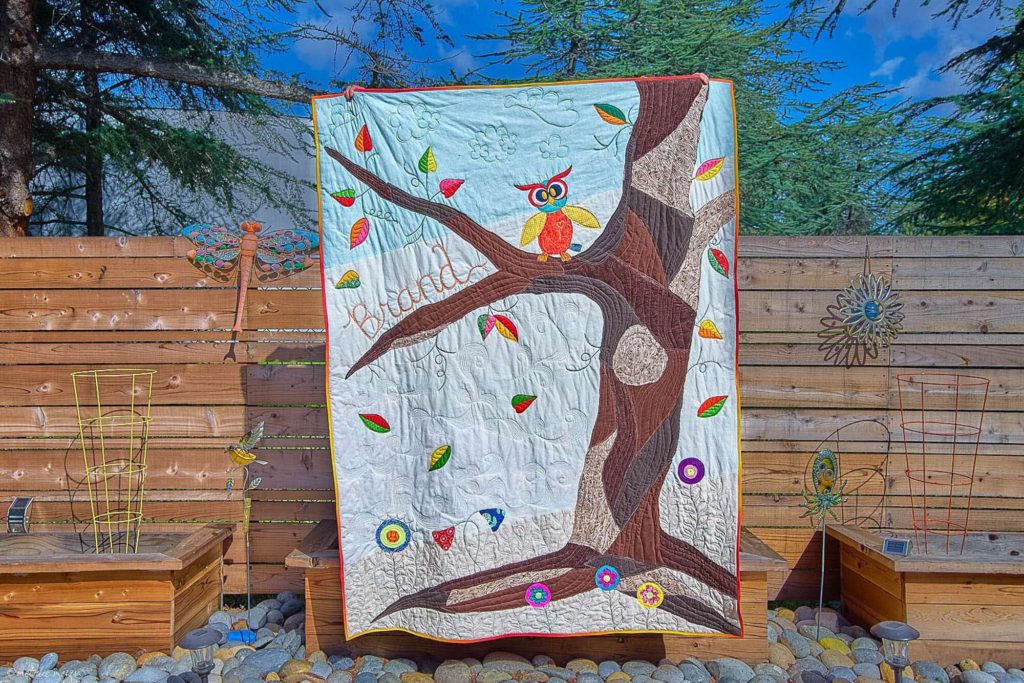
It’s a labor of love to know who you’re making a custom quilt for: from design to finish, it’s like writing a story, starting with broad strokes of a storyline, sitting and staring, filling in chapters with detail, until your canvas feels complete and right.
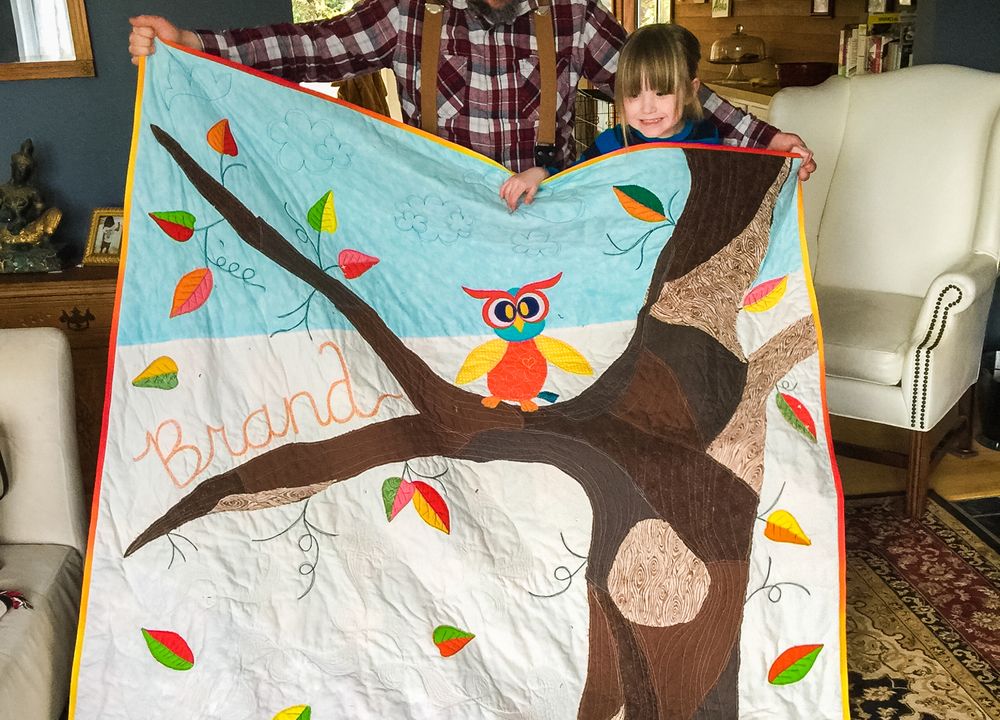
Stats
- Size: 60″x80″
- Time: ~50hrs
- 5hrs initial design
- 6hrs quilt top + sandwich
- 24hrs applique
- 12hrs quilting
- 2.5hrs binding
- All times include pondering, staring, and designing along the way
- Cost: $300 / $450
- $40 wool batting
- $10 thread
- $40 temporary spray adhesive for sandwich + applique
- $55 flannel backing
- $140 fabric for tree and quilt top
- = $300 out-of-pocket for this project. I had 30 prints and 7 thread colors already in my stash. If you’d buy the minimum 1/4yd of each fabric at $12/yd + thread at $10/spool, it’d add another ~$150.
- Fabric
- 41 different print fabrics
- 100 pieces of fabric
A handmade quilt is a piece of love and, among other crafts, undervalued for its time and expense in today’s world of machined consumer goods. I’m often asked if I’d sell my products–but at Sunnyvale’s minimum wage of $13/hr, it’d be $650 in labor alone, or a total of $1100! The next time you browse Etsy or go to an Arts & Crafts fair, I encourage you to appreciate and think about the time (in years) it took someone to perfect their craft. It’s truly amazing!
Design
Our story starts with the protagonist Brand. Age: 4yrs. Lover of: everyone in the word, the forest, animals. Favorite colors: orange, blue, green.
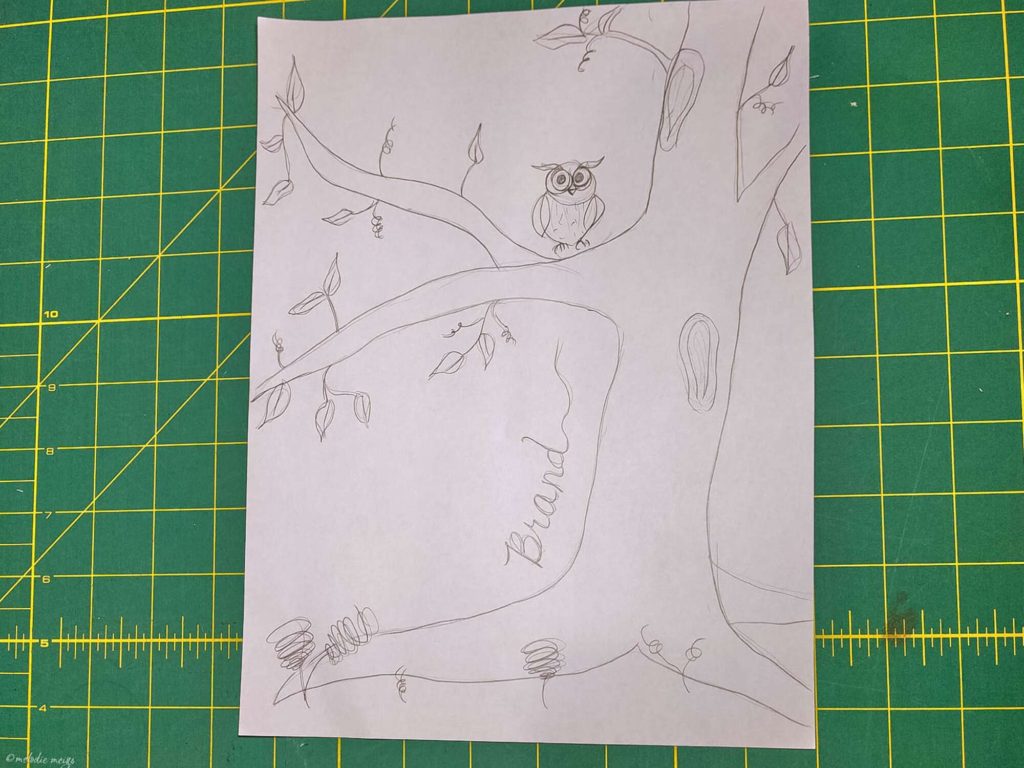
Step 1: Make the Quilt Sandwich
I started by making the sandwich (the bottom fabric, batting, top fabric temporarily adhered together), then I appliqued, then quilted; normally, you’d patchwork piece the top, then make the sandwich, and finally quilt.
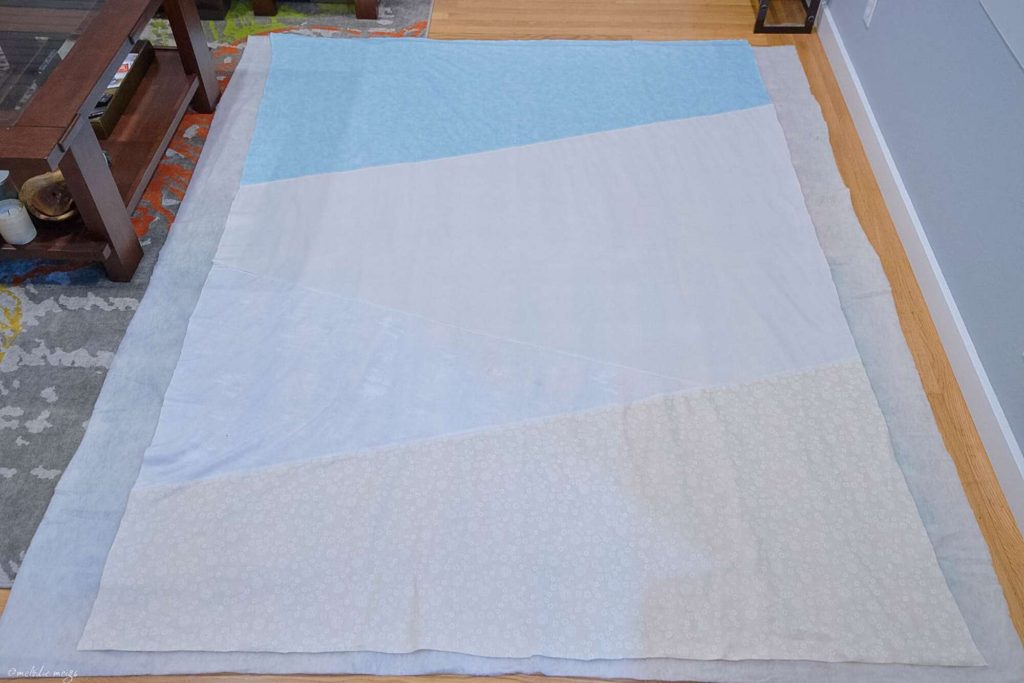
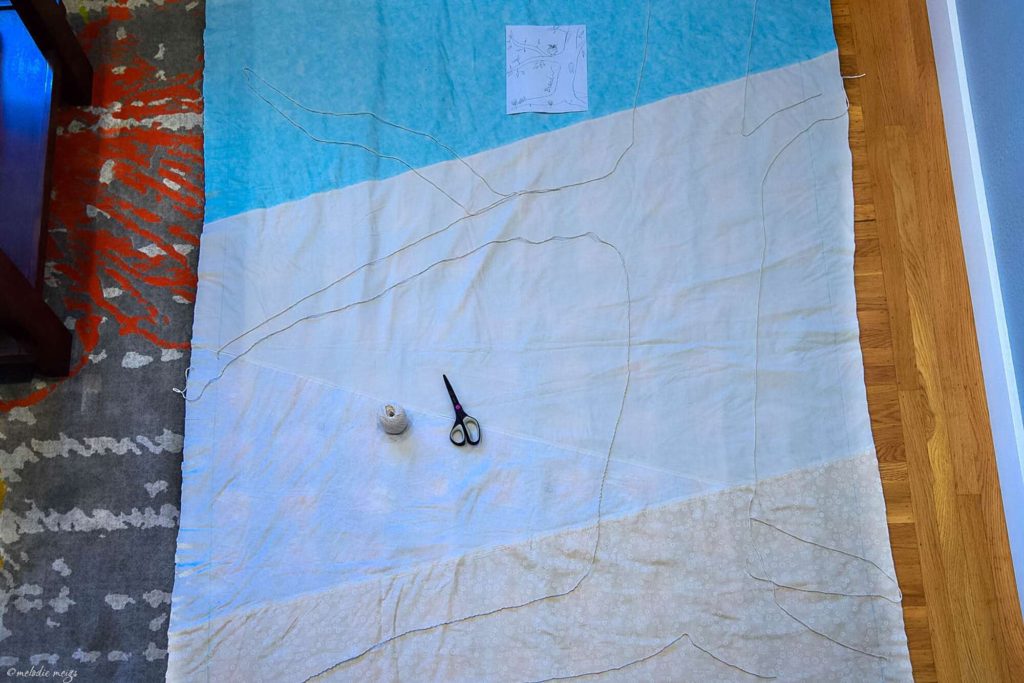
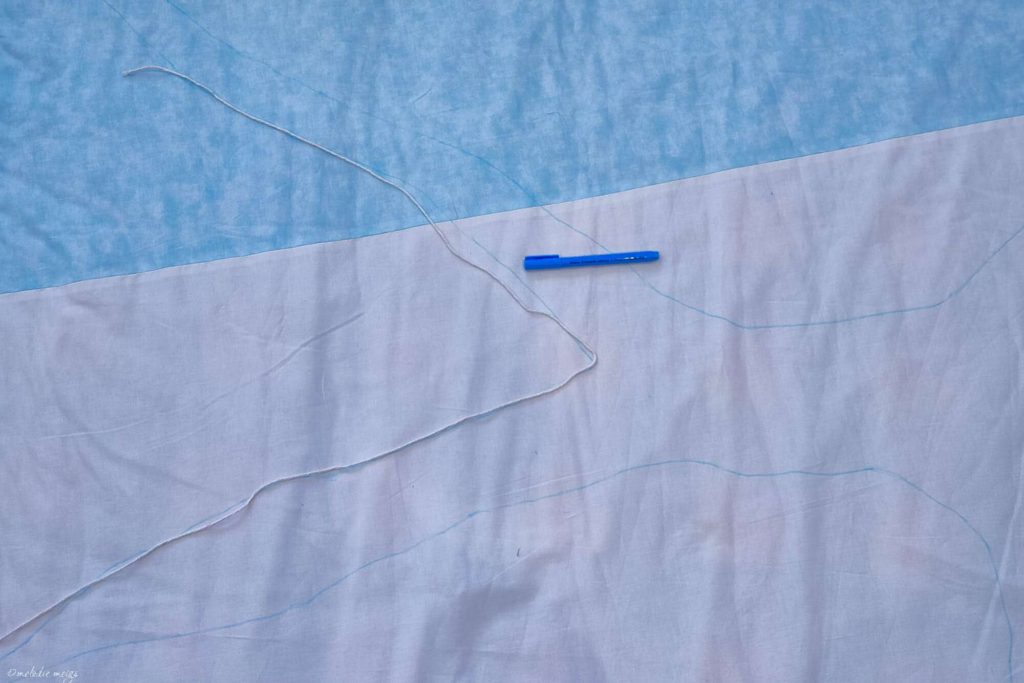
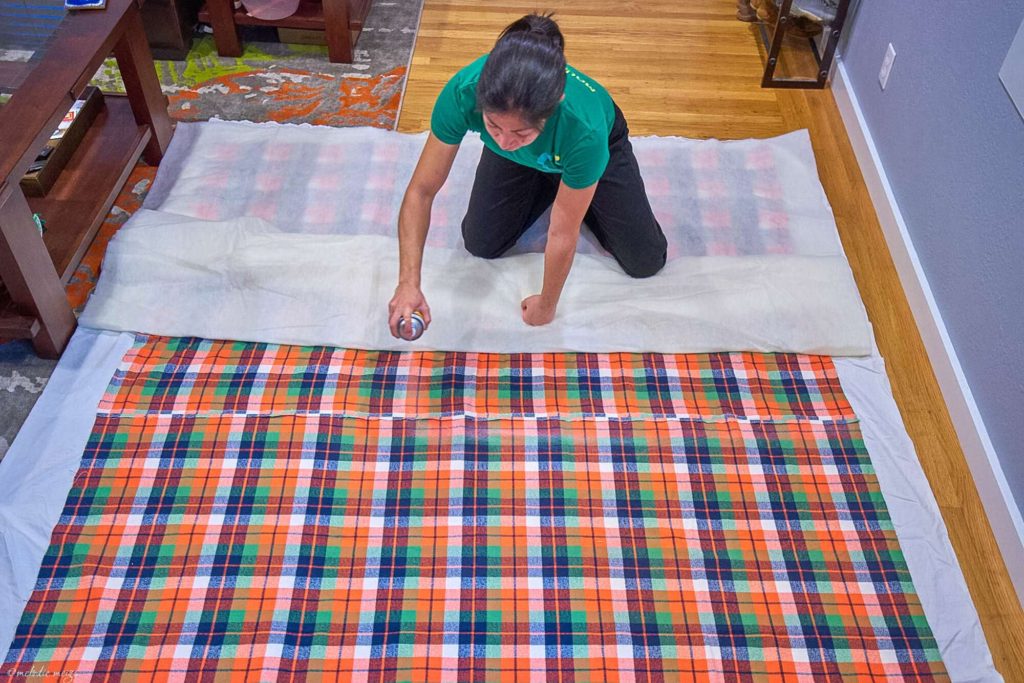
Step 2: Applique
Every story needs an anchor. Here we have a tree with strong roots, extending arms across the canvas.
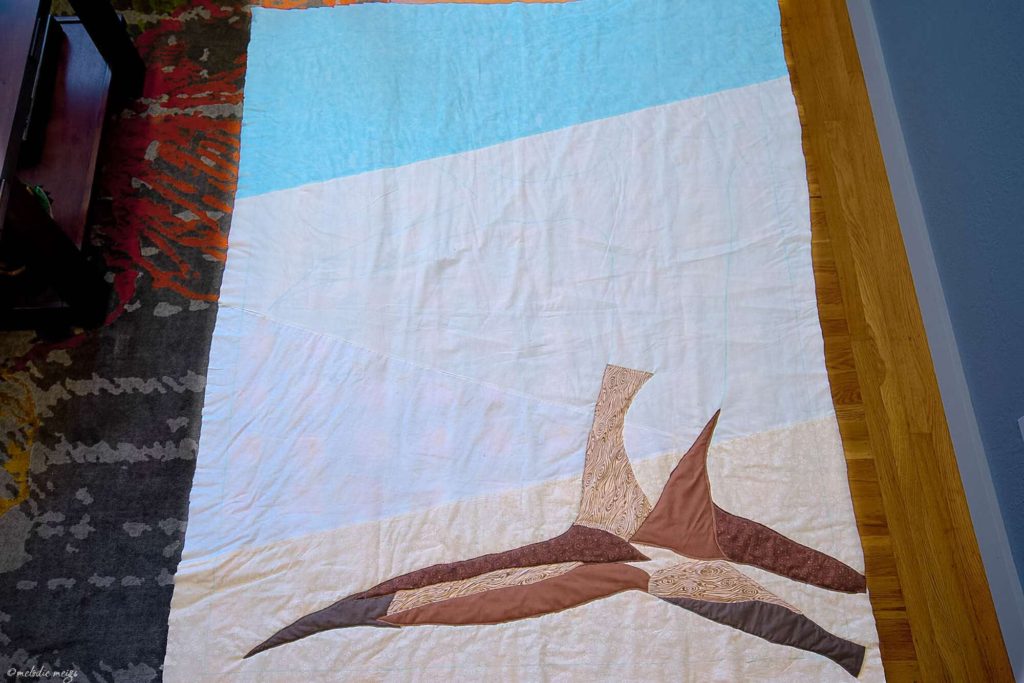
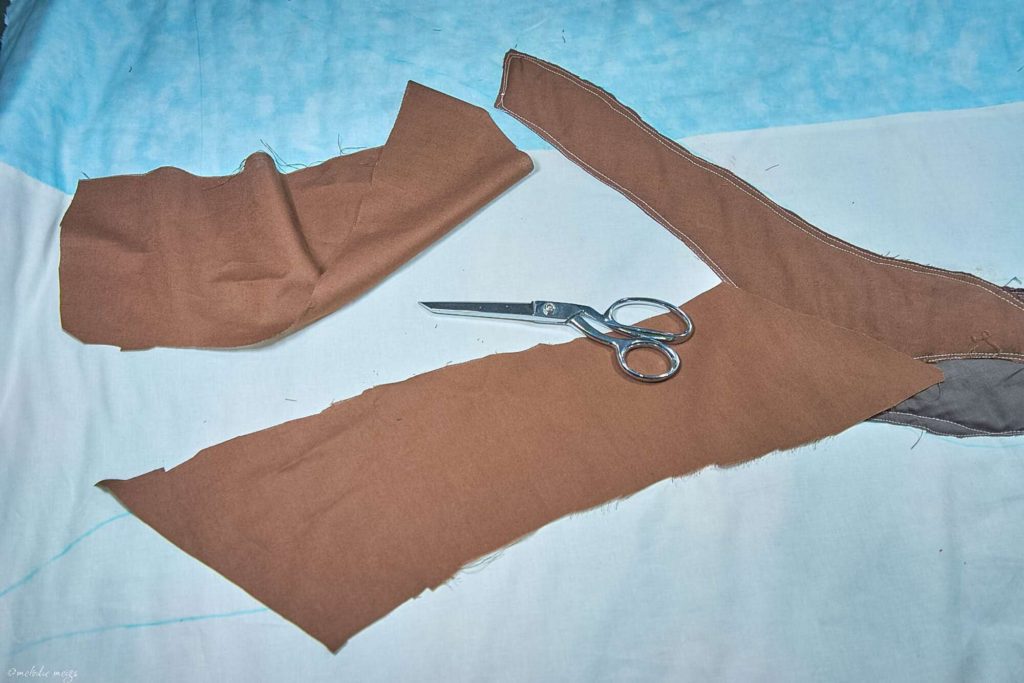
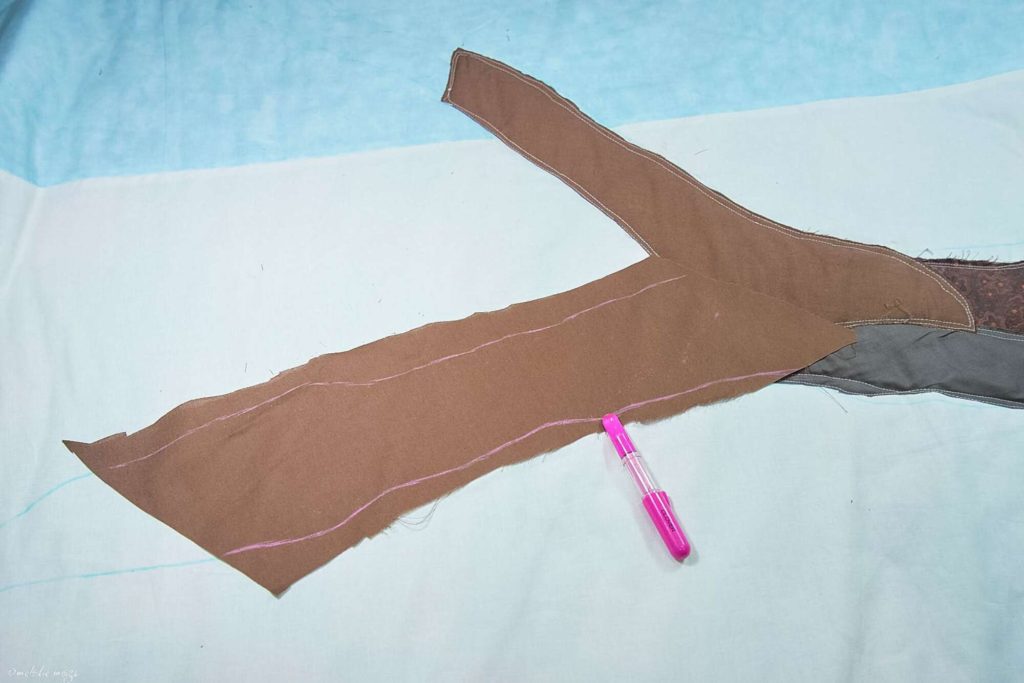
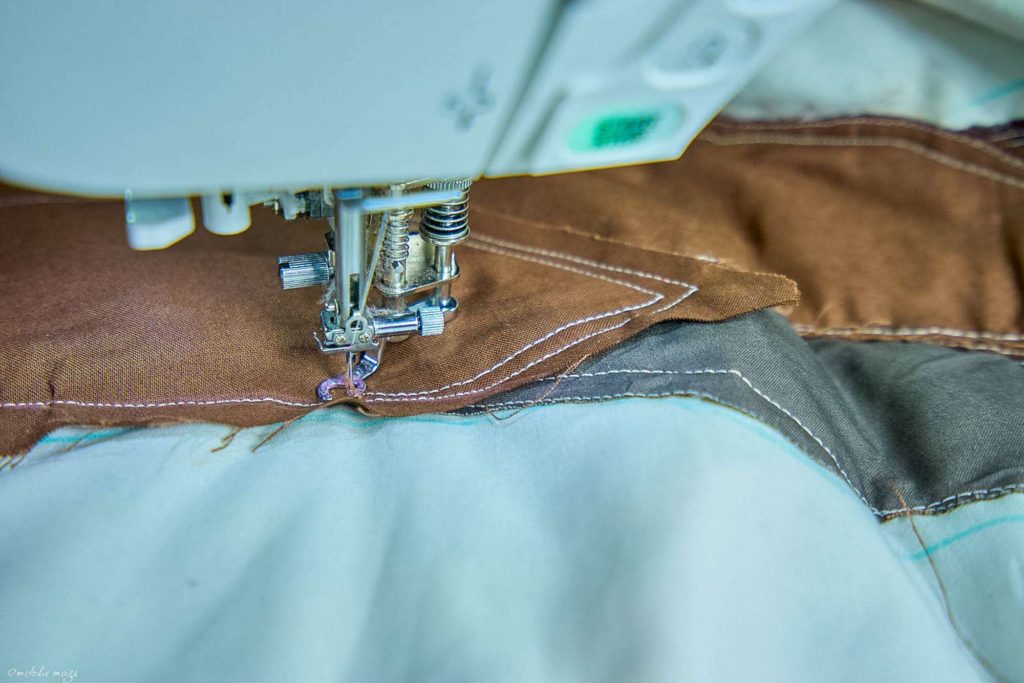
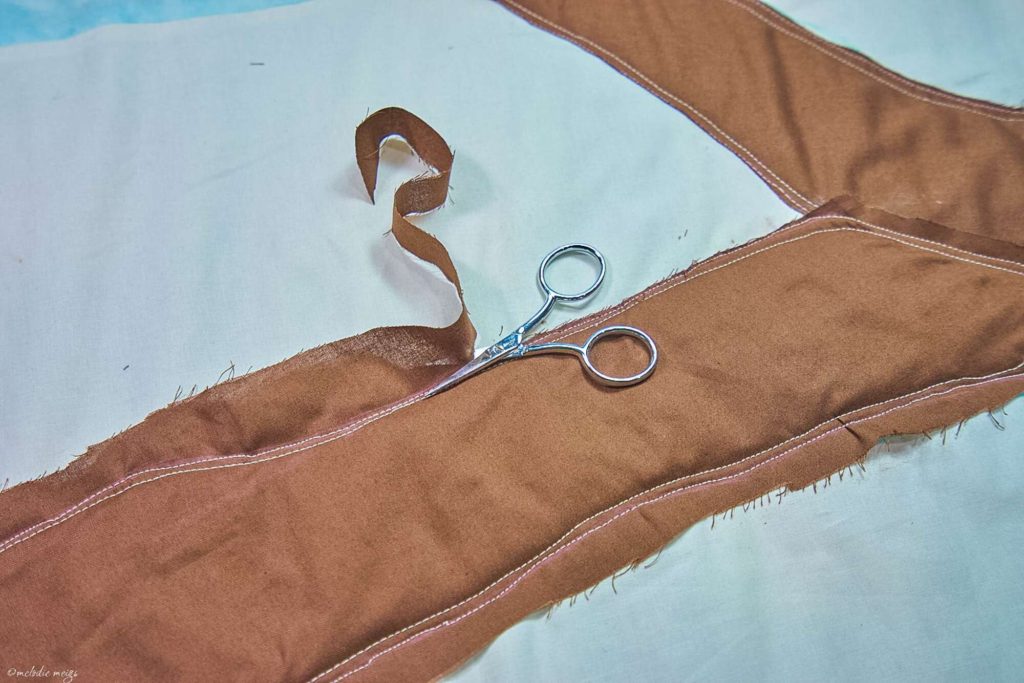

Step 3: Quilting
At this point, our story needs details; the foundation is laid, but it needs the journey between endpoints A and B. Quilting provides the expression of details and emotion to the overall story. It’s like the joy of finding something new when re-reading a book: inspected at different angles and distances, you should be able to find new quilting patterns.
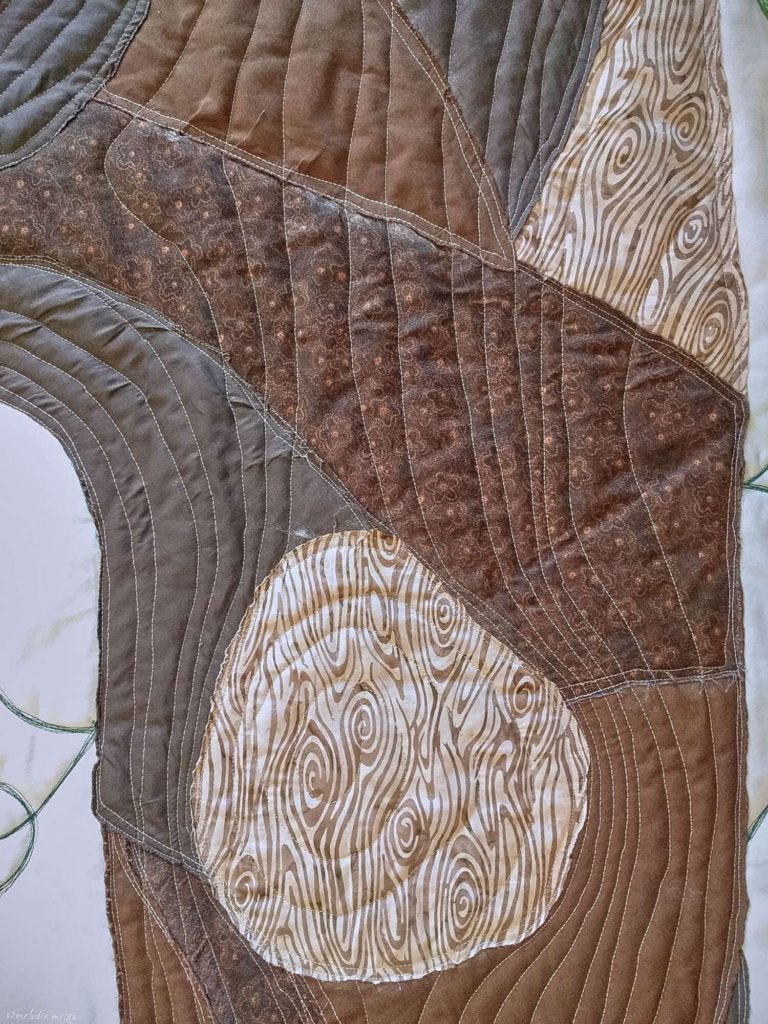
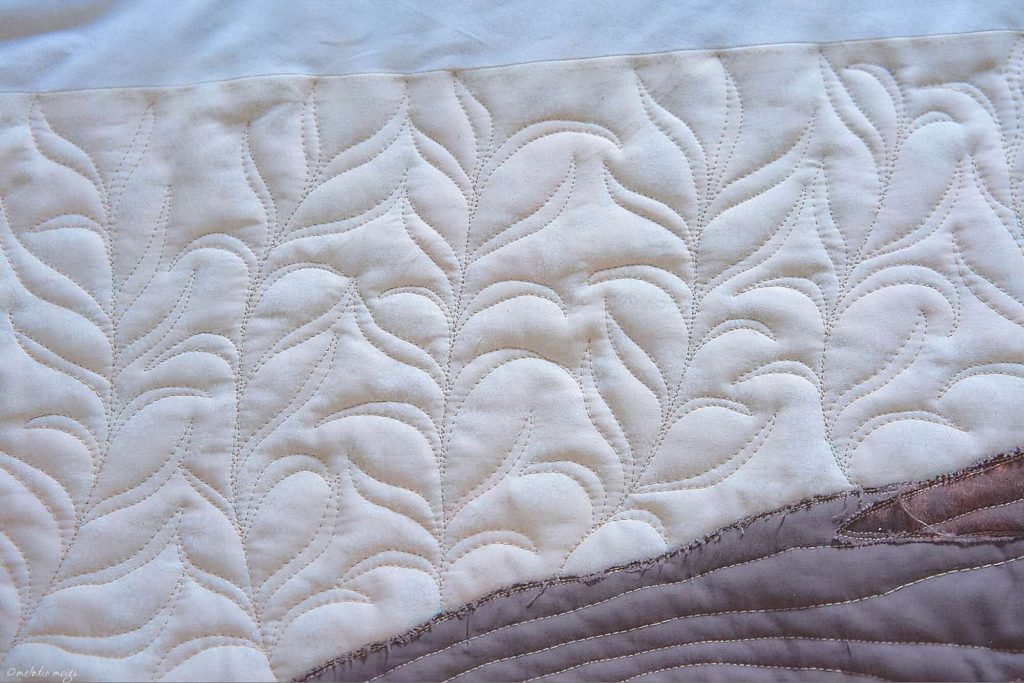
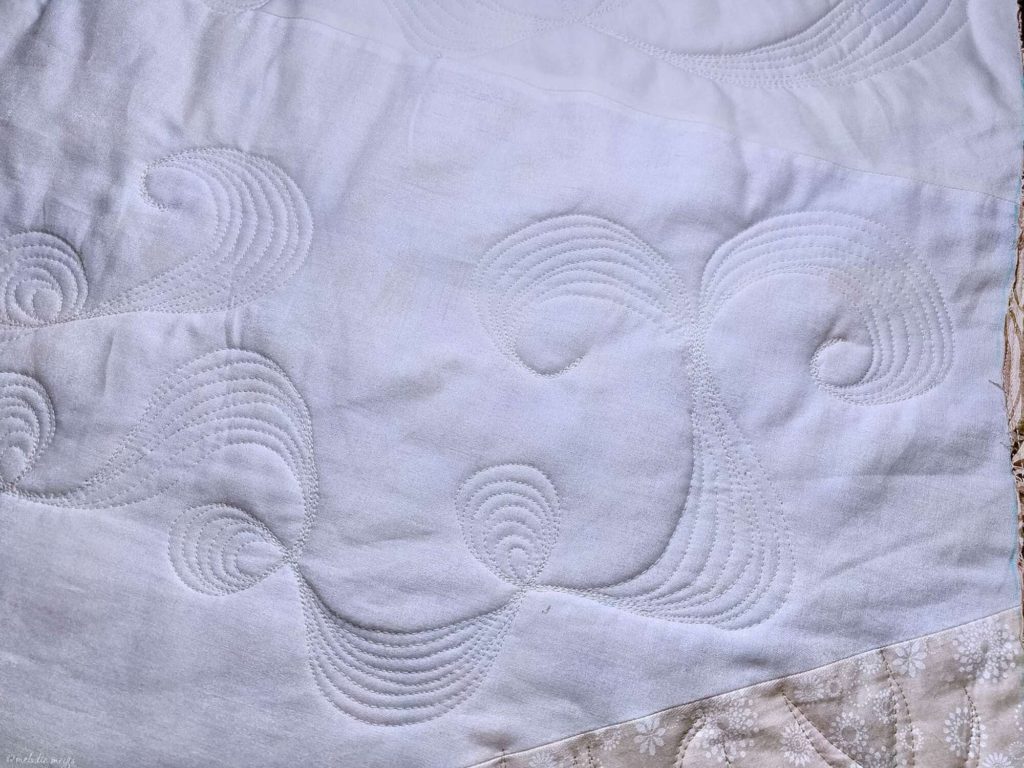
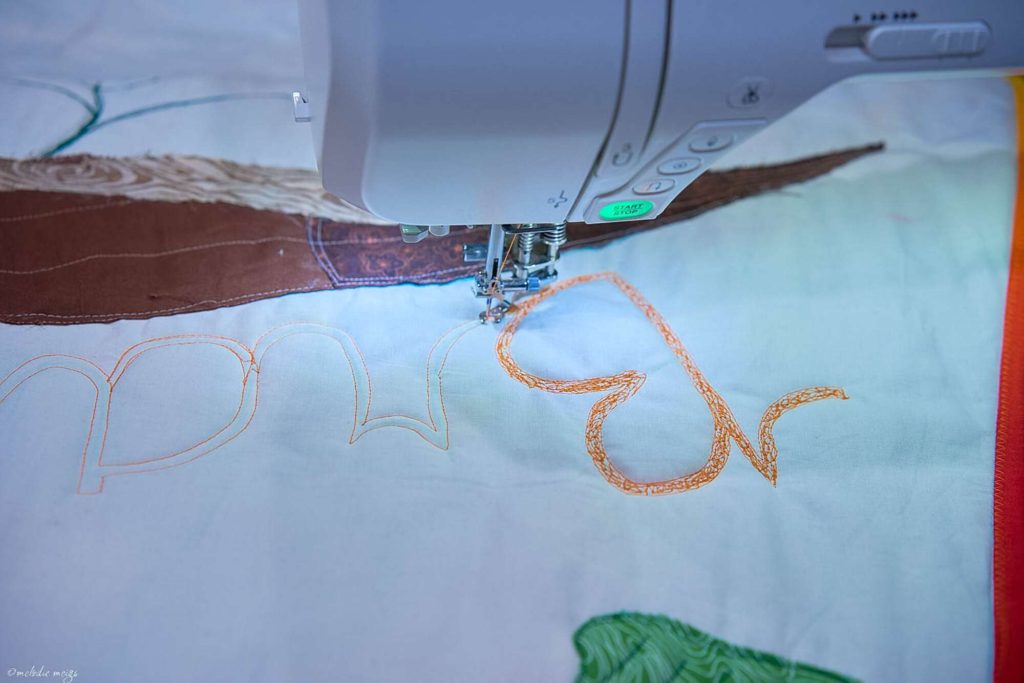
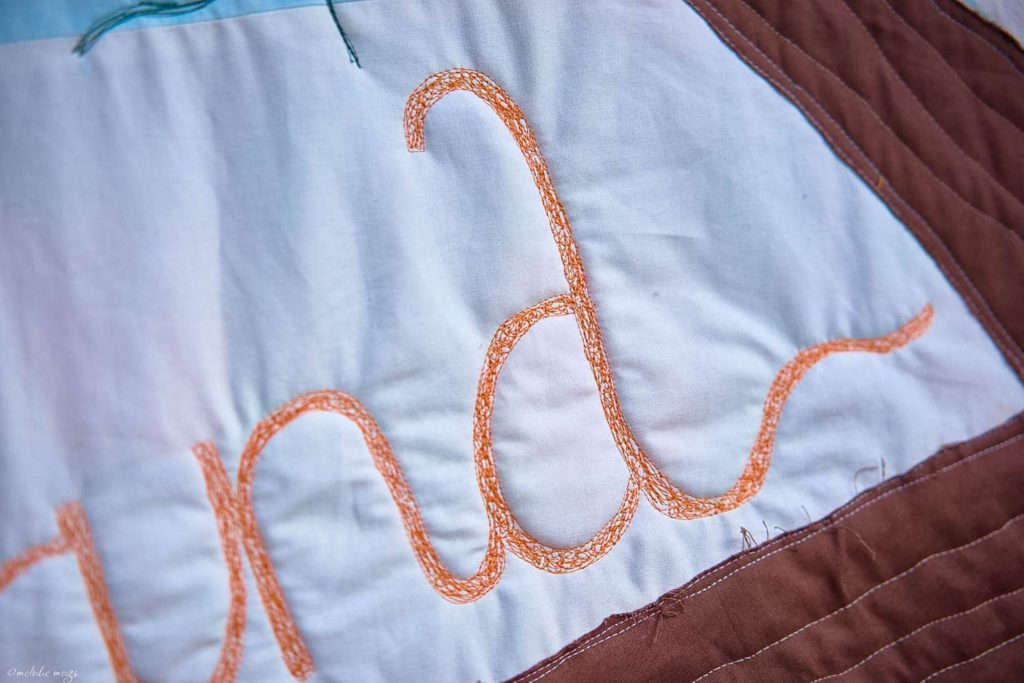
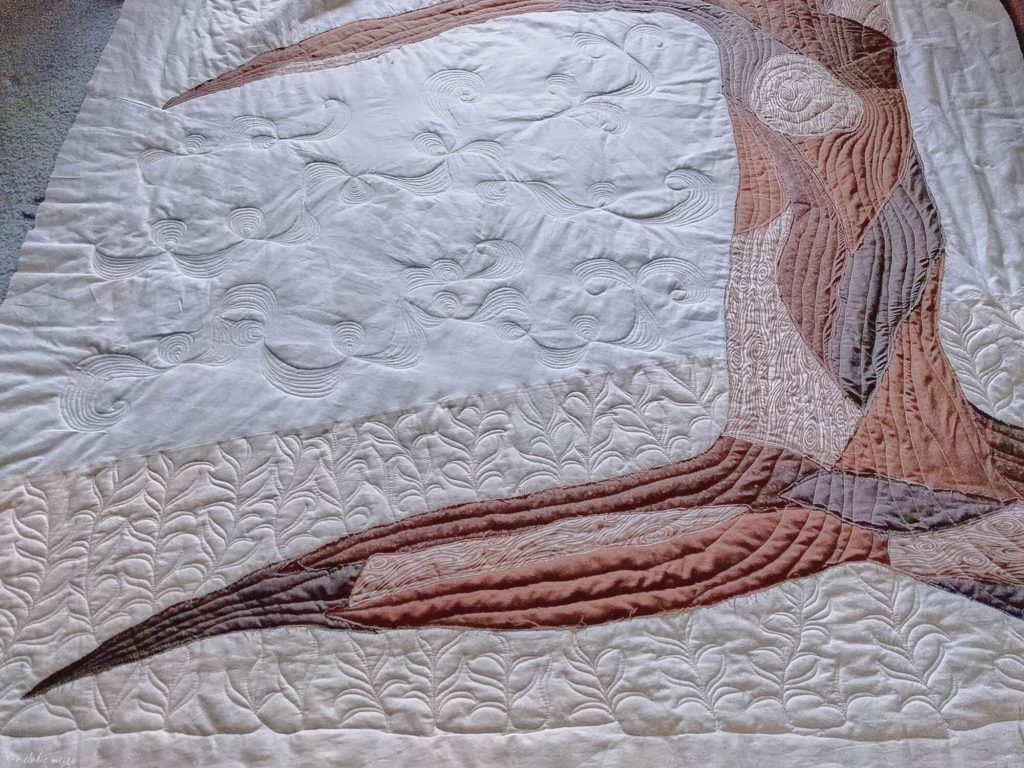
Step 4: Additional Details
Our story now needs bright colors. There’s a good outline and fillers with the grass and wind, but it’s missing a pop of excitement.
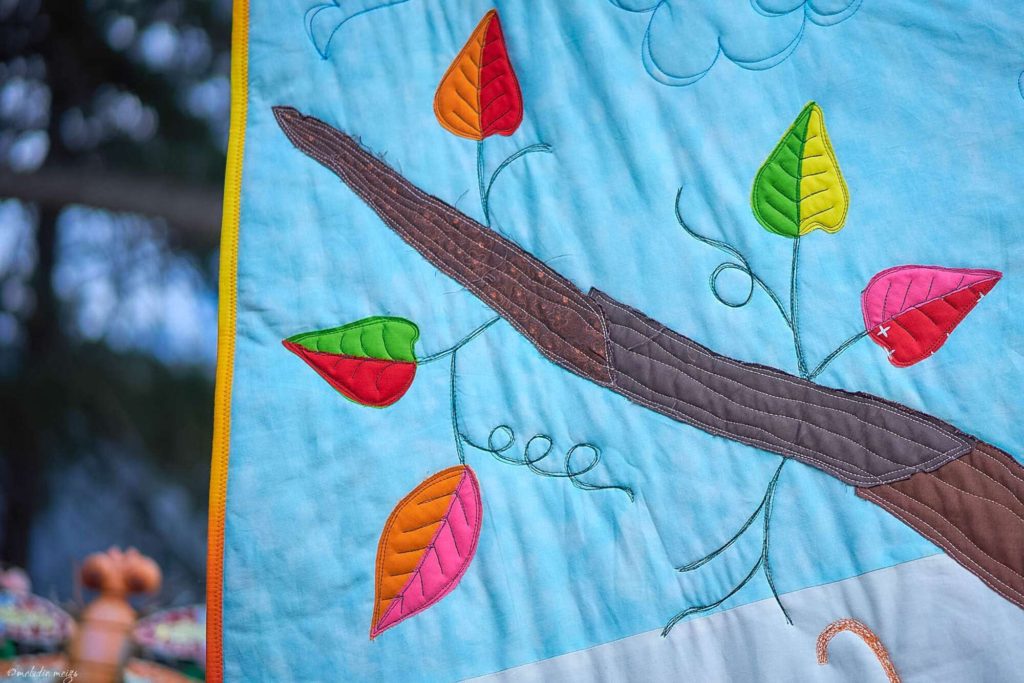
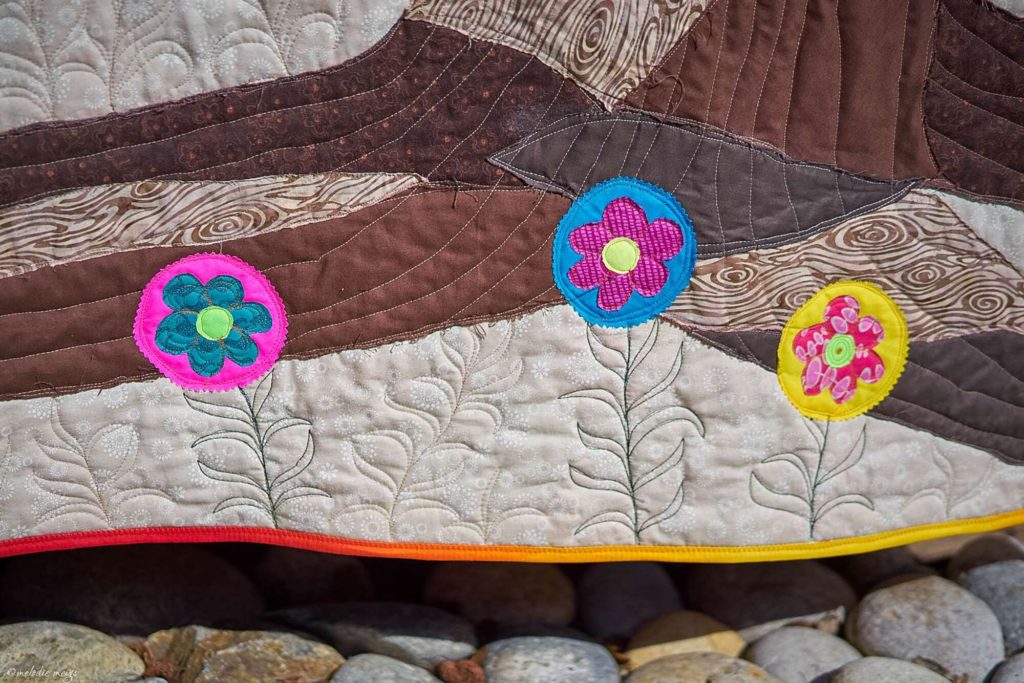
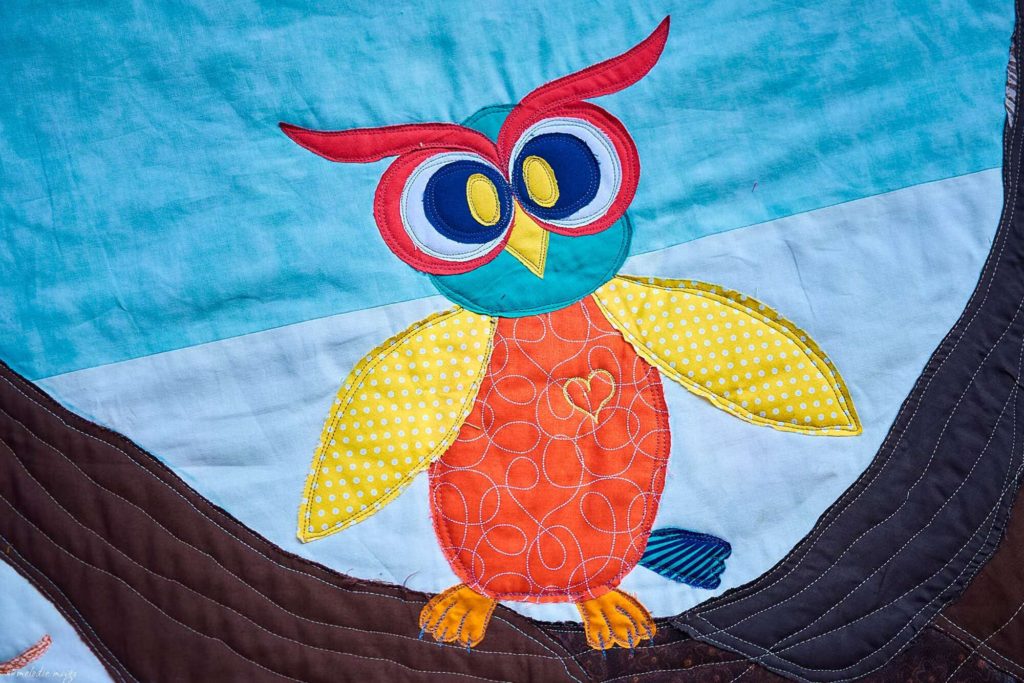
Step 5: Finish

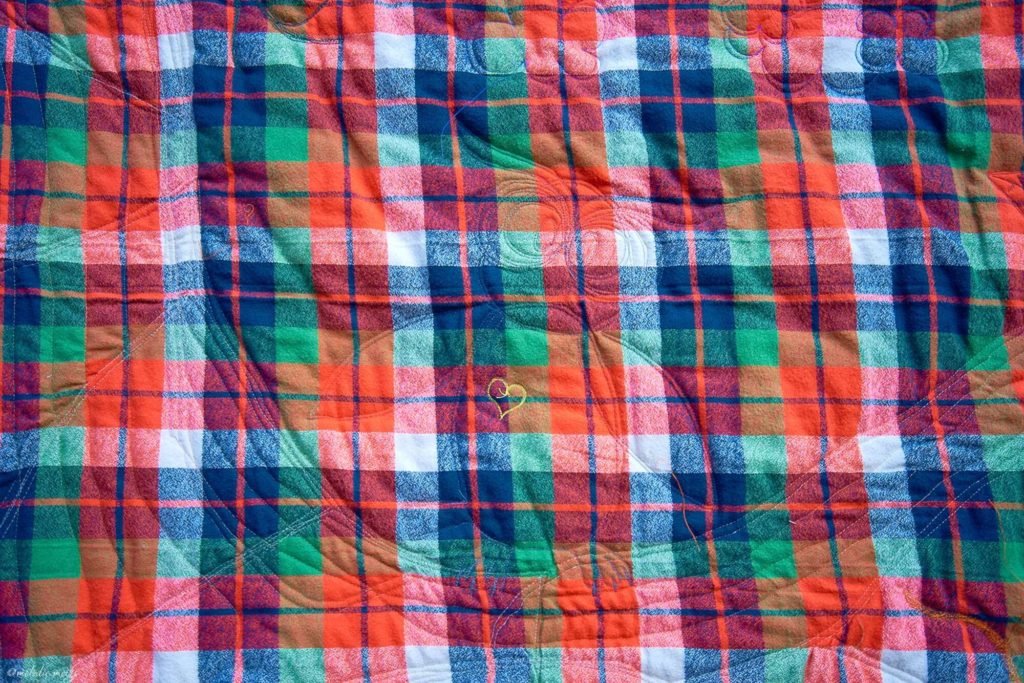
→ Explore more articles in Quilting & Sewing